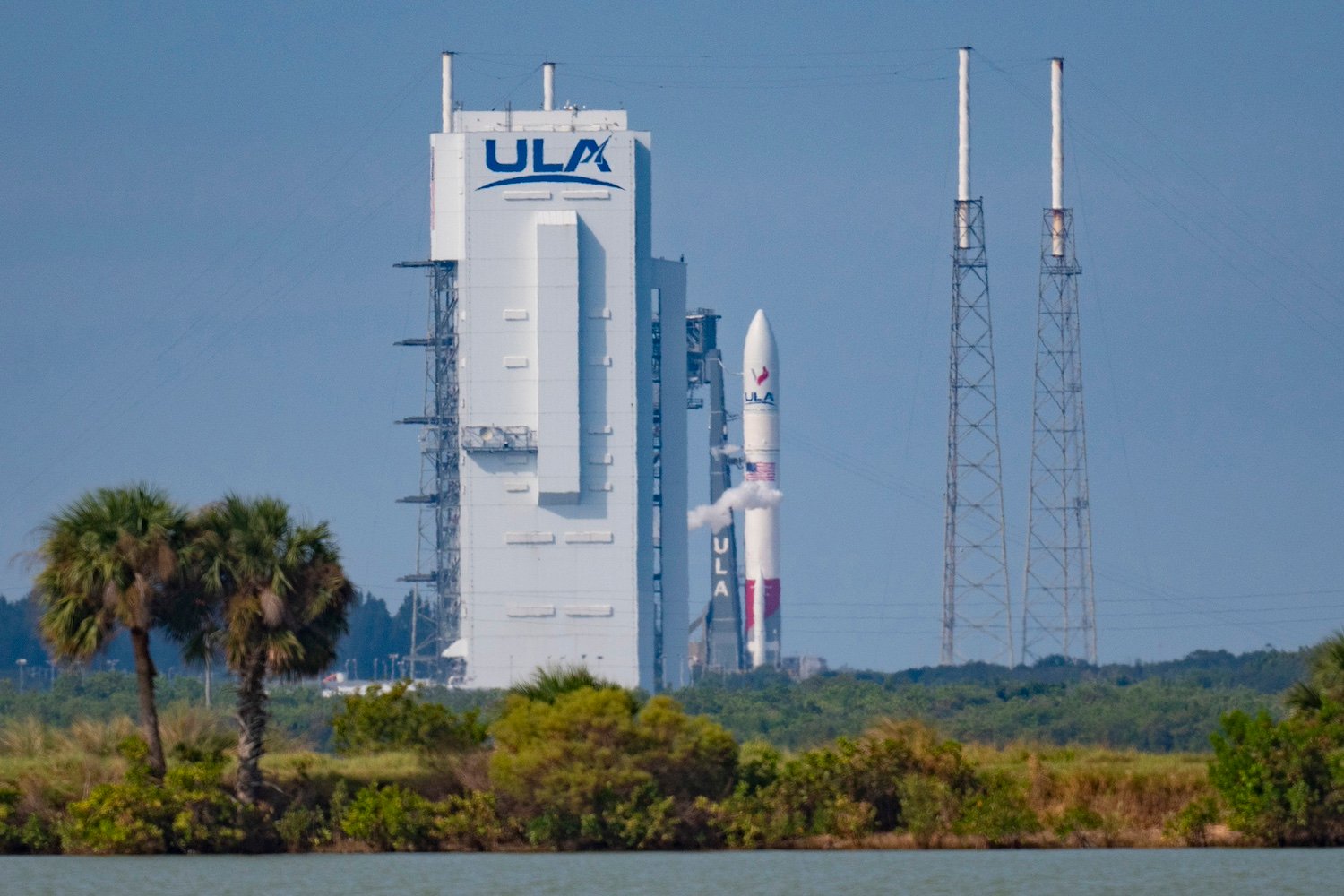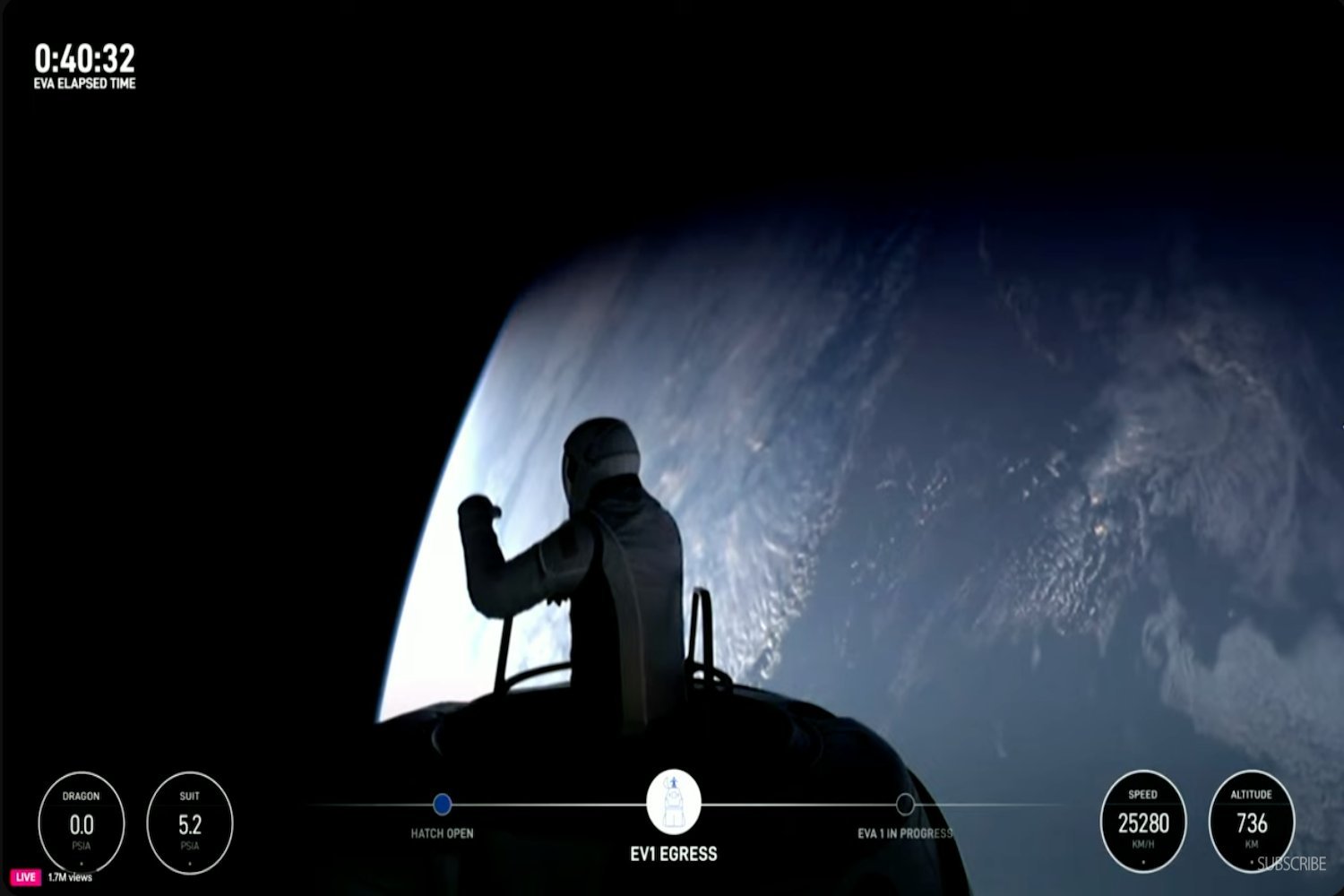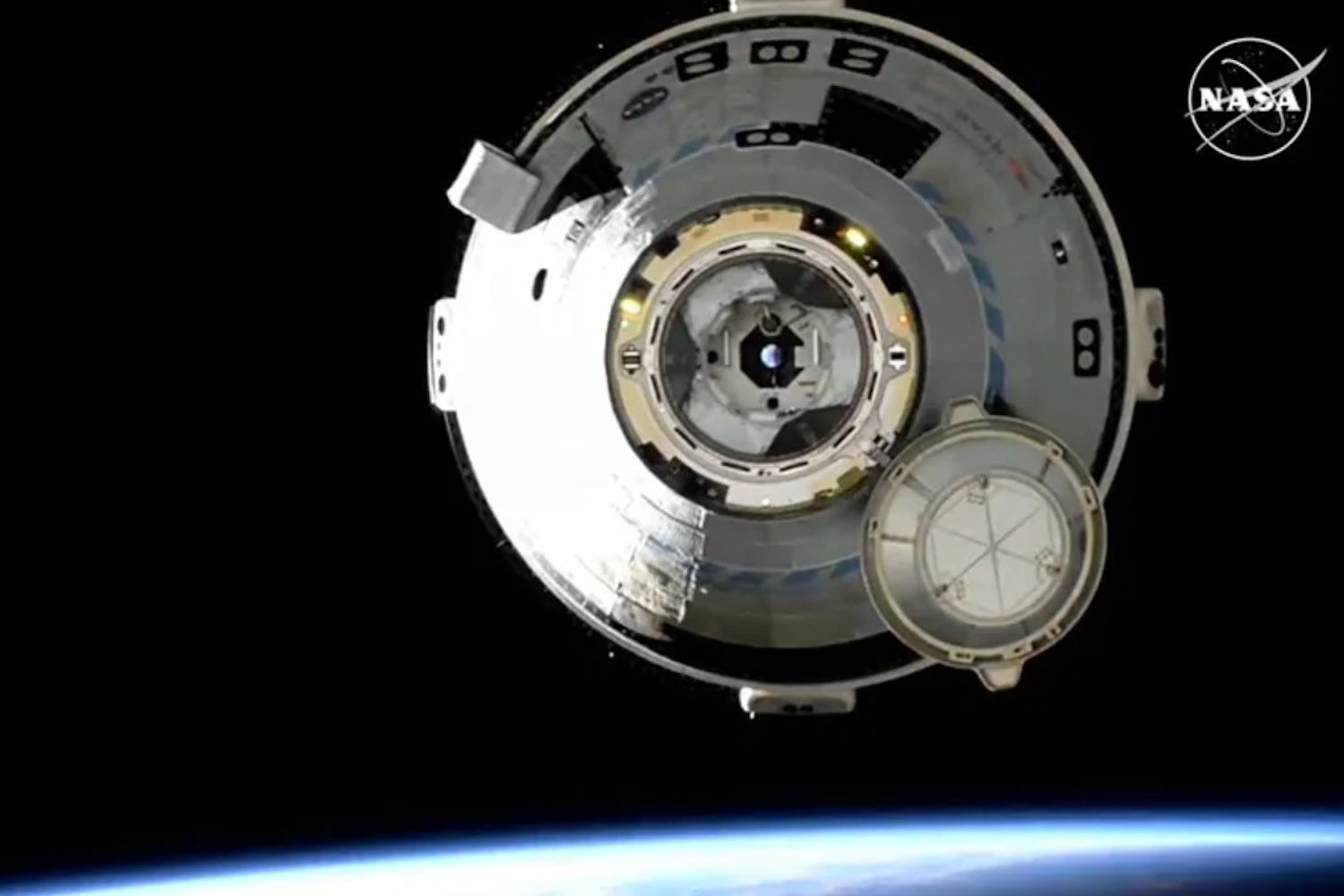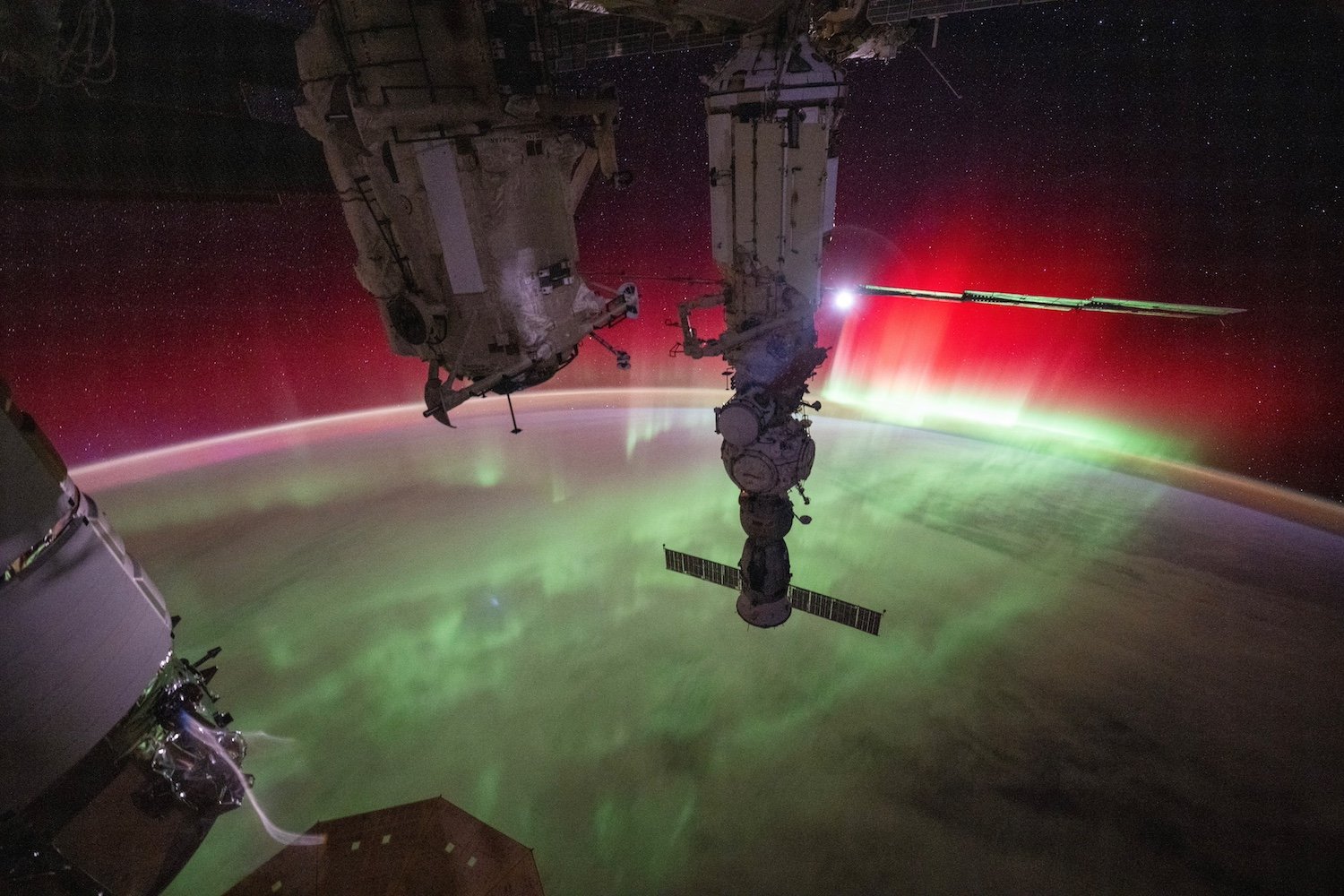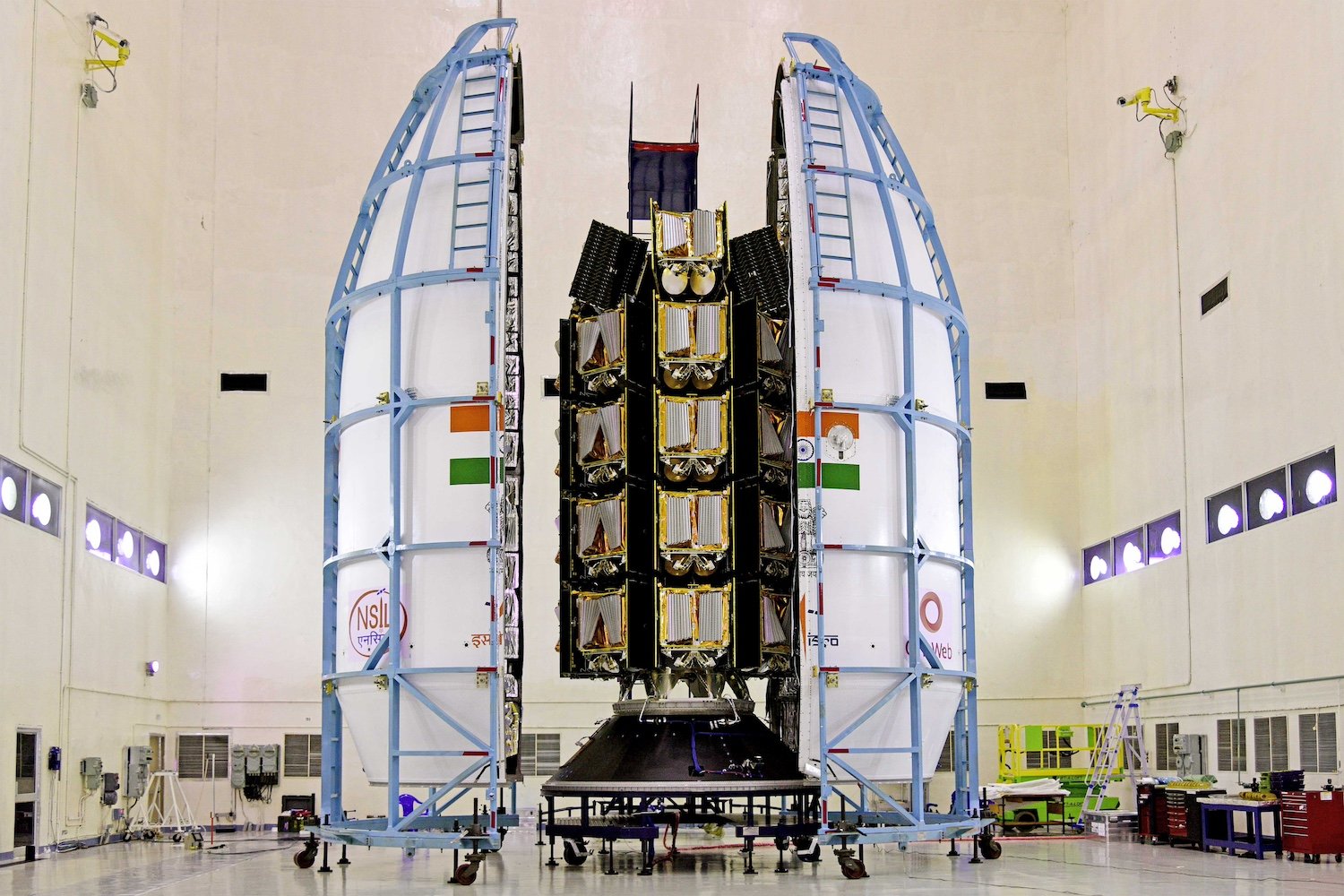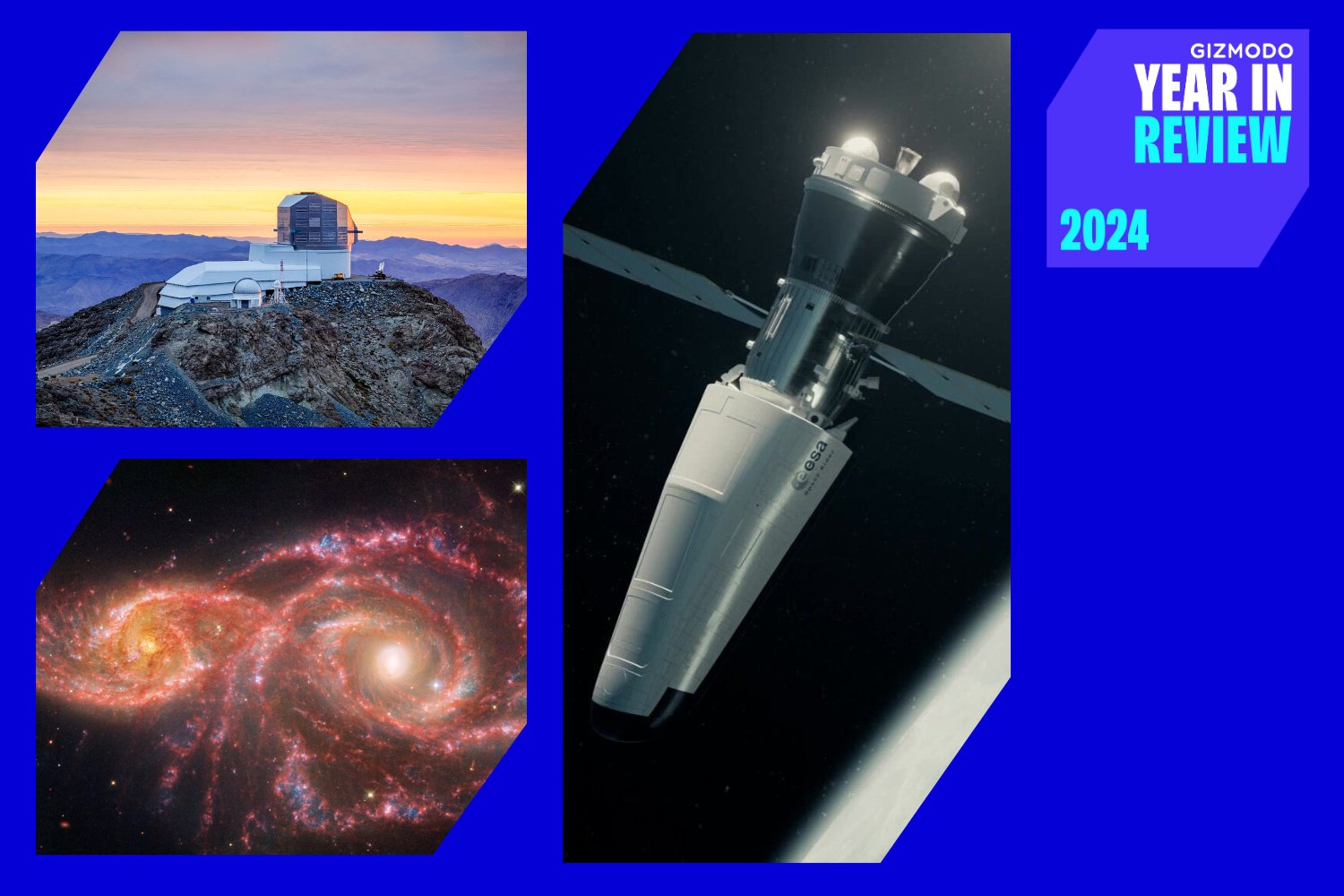The 200-foot Vulcan Centaur rocket, developed by United Launch Alliance (ULA), is poised to do more than just launch satellites. While awaiting certification for military payloads, ULA CEO Tory Bruno has proposed a novel application for the heavy-lift launch vehicle: defending U.S. space assets against potential adversaries.
At the recent Spacepower Conference, Bruno unveiled his vision for Vulcan’s upper stage to function as a “space interceptor,” countering threats to U.S. Space Force assets. He emphasized the platform’s envisioned speed, range, and lethal capabilities, describing it as “essentially a rocket that operates in space.” This concept raises intriguing questions about the future of space security and the evolving role of launch vehicles.
A Brief History of Vulcan Centaur
The 202-foot-tall Vulcan Centaur is an expendable heavy-lift launch vehicle, conceptually born in 2006. Incorporating design elements from ULA’s Atlas V and Delta IV rockets, Vulcan finally debuted on January 8, 2024, successfully launching Astrobotic’s Peregrine lander towards the Moon. This inaugural flight, initially slated for 2019, faced numerous delays and challenges. Vulcan Centaur holds significant importance for both commercial space endeavors and U.S. national security, with ULA aiming to compete with SpaceX in the launch market.
Certification Challenges and the SpaceX Rivalry
Despite its successful debut, Vulcan Centaur is not yet certified for military payloads. Its second certification flight in October 2024 encountered a setback approximately 35 seconds after launch, with a plume of material emanating from one of its boosters. This incident delayed the certification process, impacting the planned launch of two U.S. military payloads. This delay, coupled with SpaceX’s growing dominance in the military launch market, adds context to Bruno’s proposal for Vulcan’s expanded role.
Vulcan as a Defensive Platform: A Strategic Response?
Bruno’s suggestion to transform Vulcan’s upper stage into a space interceptor could be interpreted as a strategic response to the competitive landscape and evolving space security concerns. He envisions the upgraded upper stage as a long-endurance vehicle, capable of rapid response to potential threats. Specifically, he highlighted concerns about Chinese space capabilities and the potential for aggressive actions against U.S. assets. Bruno suggested Vulcan could intercept and disrupt such threats before they materialize.
A Militarized Future for Space?
Bruno’s remarks underscore growing anxieties about the militarization of space and the possibility of orbital warfare. His focus on China’s space advancements resonates with concerns shared by both national and commercial spaceflight entities. The proposal to adapt Vulcan for defensive purposes reflects a shift in perspective, viewing launch vehicles not just as transportation systems, but also as potential instruments of space security.
Conclusion: The Future of Vulcan
While the future of Vulcan as a space interceptor remains uncertain, Bruno’s proposal highlights the evolving nature of space security and the potential for launch vehicles to play a more dynamic role. Whether this vision becomes reality depends on technological feasibility, strategic considerations, and the broader geopolitical landscape of space. The coming years will be crucial in determining the ultimate trajectory of Vulcan Centaur and its contribution to the future of space.



